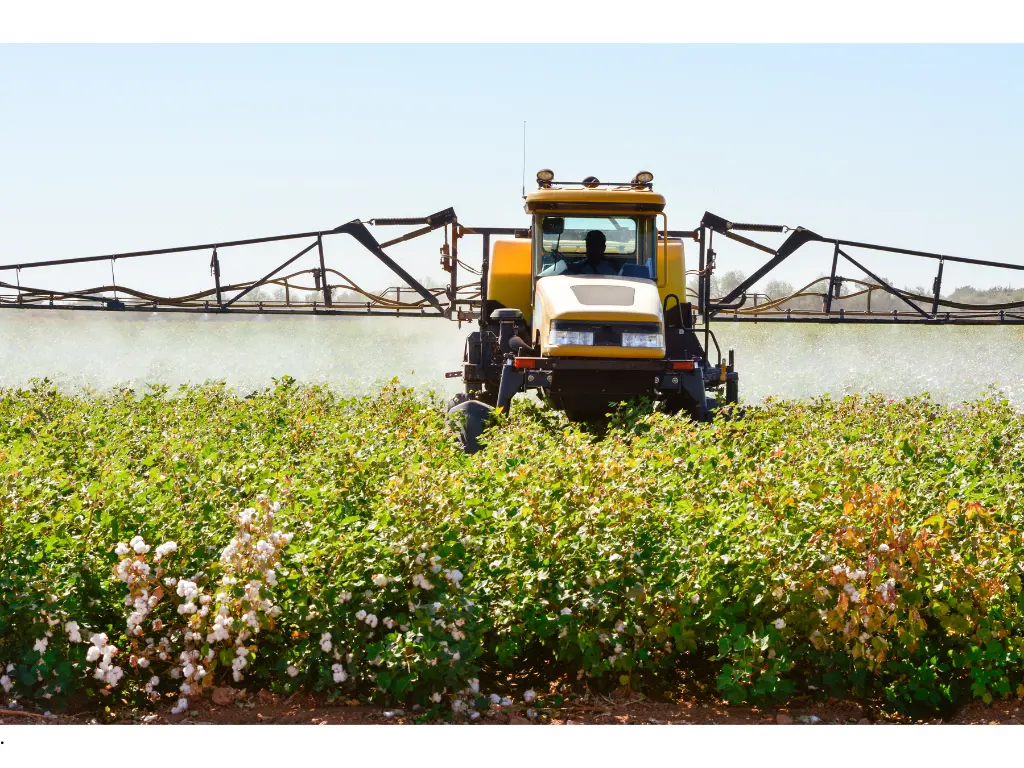- Home
- News Details
News Details

Mexico Bans Dozens of Toxic Pesticides
2025-10-03 Reference source : COFEPRIS, SEMARNAT, SADER
Latin America Pesticides Sustainable Agriculture Mexico Persistent Organic Pollutants POPs Pesticide Ban Agricultural Chemicals
The Mexican government has announced a sweeping ban on the production, import, distribution, and use of more than 30 highly hazardous pesticides across the country. Many of these substances are classified as highly toxic, carcinogenic, or persistent organic pollutants (POPs) under international conventions.
The measure represents one of Mexico's most ambitious regulatory steps in recent years to combat environmental contamination and reduce chemical exposure in agriculture.
Scientific Backing and International Compliance
The decree cites mounting international and domestic scientific research documenting the adverse effects of chronic pesticide exposure on human health and the environment. According to Mexican health authorities, long-term exposure is associated with:
-
Increased risks of cancer, including leukemia, lymphoma, and various organ-specific cancers
-
Neurological disorders such as Parkinson’s disease
-
Endocrine disruption and reproductive health issues
-
Soil and water contamination, affecting biodiversity and food safety
The government also noted the alignment of this decree with international obligations under:
-
The Rotterdam Convention (prior informed consent on hazardous chemical trade)
-
The Stockholm Convention (elimination of persistent organic pollutants)
-
The Montreal Protocol (where applicable to ozone-depleting substances)
Transition Period and Enforcement Measures
While the decree takes effect immediately, authorities have introduced a six-month transition period to allow for safe disposal of existing stocks of the banned substances.
Key provisions include:
-
Immediate cessation of all new authorisations, registrations, and permits for the banned substances.
-
Revocation or cancellation of existing licenses and registrations by relevant federal agencies.
-
Mandatory final disposal of stored pesticides in accordance with hazardous waste regulations.
-
Strict exceptions only for scientific research or analytical purposes, subject to federal approval and oversight.
Federal agencies, including the Comisión Federal para la Protección contra Riesgos Sanitarios (COFEPRIS), the Ministry of Environment (SEMARNAT), and the Ministry of Agriculture (SADER), are charged with implementing and interpreting the decree. Any pending applications or permits will now be evaluated under the new legal framework.
A New Direction for Mexican Agriculture
The measure is also part of a broader government strategy outlined in the National Development Plan 2025–2030, which emphasises food sovereignty, agroecological transition, and sustainable resource use. Under this vision, Mexico seeks to reduce dependence on chemical-intensive agriculture and promote safer alternatives through education, technical support, and the promotion of organic and regenerative farming practices.
What Happens Next?
The decree mandates that within 180 days, the relevant ministries must revise existing regulatory frameworks to reflect the new prohibitions. Any further guidance on permitted substances, acceptable alternatives, or exceptions for critical use will be developed and published in the Diario Oficial de la Federación (DOF).
Additional Reporting
For more details on the decree and its implications for Mexico’s agriculture and environment, visit the decree here (in Spanish)
We acknowledge that the above information has been compiled from COFEPRIS, SEMARNAT, SADER.
Global Product Compliance (GPC) specializes in Global Regulatory Compliance Solutions across sectors
globally. SSS Europe, a familiar name in chemical regulatory and compliance services now formally belongs
under the umbrella of GPC Holding Sweden.
Since 2008, we have emerged as one of the leading names among Global Regulatory Compliance Service
Providers with Representation services in Europe, Asia and Middle East for respective chemical
regulations.

 Twitter
Twitter
